Finishing a Bead Necklace
Wednesday, August 27th, 2014

In the picture are the tools that I use to finish a necklace and make matching ear rings: crimping pliers, round nose pliers, two pair of flat nose pliers and wire cutters. These are available in a variety of makes and quality. 1. Place a crimp on the wire. I use 2 mm crimps so […]
Encourage the Young
Monday, May 26th, 2014

Our grandson, Colton, has spent this weekend with us. We enjoy his visits very much. He sits here at the bench and plays with my desktop computer, and looks at the tools and gemstones. The other update is that I bought a new standing desk this week, since the last one was too rickety. You […]
Precious Beryl
Saturday, May 17th, 2014
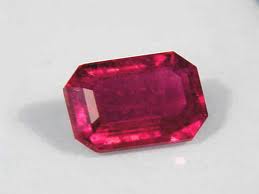
The title Precious Beryl refers to all colors of beryl that are not emerald or aquamarine (previous blogs). Beryl is a high temperature and high pressure metamorphic mineral. The colors in precious beryl are caused by different impurities included in the chemical makeup of the crystal. All forms of precious beryl have the same basic […]
Aquamarine
Wednesday, April 16th, 2014
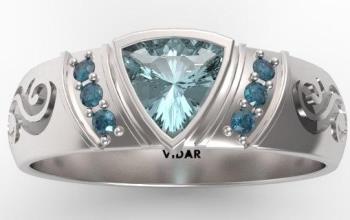
Aquamarine is a beautiful blue to blue/green colored variety of the mineral Beryl. Beryl is a beryllium aluminum silicate (Be3Al2(Si6O18)) that occurs in pegmatite formations over a wide range of geography. The color of the mineral specimen determines the gem name. Probably the most famous of the beryl gemstones is the green variety with chrome […]
A Journey from Rock to Jewelry
Thursday, January 2nd, 2014
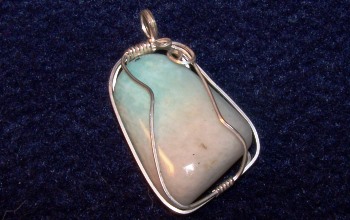
About two months ago, a man contacted a local brick and mortar jewelry store. He walked in with a 20 pound rock. He asked the bench jeweler what it was. The jeweler said, that he did not know how to identify a rock, but he knew someone who could help him. So I got a […]
Agate
Thursday, December 12th, 2013
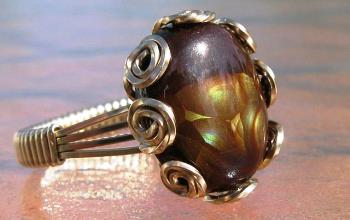
Agate is a cryptocrystalline form of chalcedony characterized with brilliant colors and banding. One of the more famous varieties of agate is called “Crazy Lace.” Crazy Lace Agate is called the Laughter Stone, or “Happy Lace.” It is associated with sunny Mexican fiestas and dancing, and brings joy to those who wear it.It is not […]
Opal
Sunday, November 3rd, 2013
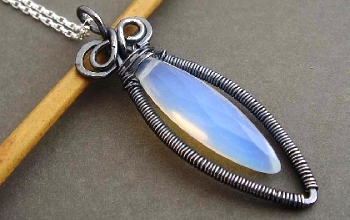
Precious opal shows a variable interplay of internal colors and even though it is a mineraloid, it has an internal structure. At micro scales precious opal is composed of silica spheres some 150 to 300 nm in diameter in a hexagonal or cubic close packed lattice. These ordered silica spheres produce the internal colors by […]
Moisonite
Monday, September 30th, 2013
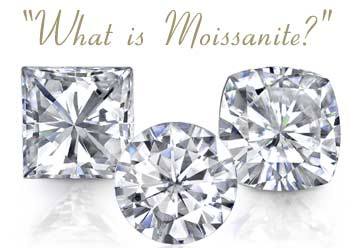
Among the many simulants manufactured to substitute for natural diamond, Moisonite is probably the most successful at duplicating the beauty of the diamond. Moisonite is a synthetic, lab created mineral (SiC) silicon carbide. This artificial gemstone is manufactured by Charles and Colvin. Its optical properties make it have greater brilliance than natural diamond. When cut […]
Beryl Family Gemstones
Saturday, July 27th, 2013

Beryl is an aluminum beryllium silicate mineral. It is found in metamorphic and hydrothermal regions and produces several gemstones. It forms crystals in the hexagonal system with a hardness of 7 1/2 to 8 on the Moh’s Scale. It has a density of 2.67 to 2.78 grams / cubic centimeter. Streak is white. The mineral […]
Gems of the Feldspar Mineral Group
Monday, July 1st, 2013

Feldspar is the most common mineral found at the surface of the earth. There are two basic varieties of feldspar: Orthoclase (Potassium Feldspar) and Plagioclase (Calcium-Sodium Feldspar). The term feldspar came from German meaning “field split.” Very well named as feldspars have a bad property for gemstones-perfect cleavage. Here are some of the most common […]











